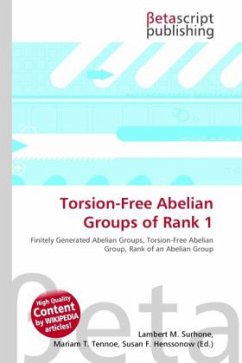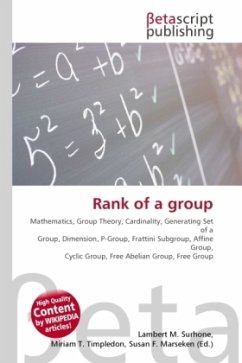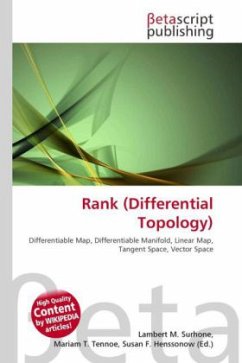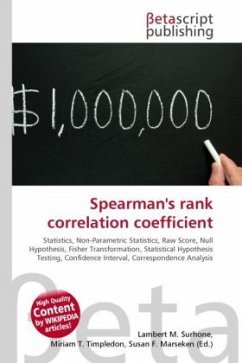Please note that the content of this book primarily consists of articles available from Wikipedia or other free sources online. In mathematics, the rank, or torsion-free rank, of an abelian group measures how large a group is in terms of how large a vector space over the rational numbers one would need to "contain" it; or alternatively how large a free abelian group it can contain as a subgroup.The rank of a finite abelian group has a different definition. (The fundamental theorem of finite abelian groups states that every finite abelian group G can be expressed as the direct sum of cyclic subgroups of prime-power order. Question: Is the rank of a finite abelian group defined as the number of these subgroups?). Members of a group are classified as torsion iff they have finite order. A group is called torsion-free iff there are no non-trivial torsion elements. Now in an abelian group, G, letting T={gin G mid exists{n{in}mathbb{N}^{+}} n{cdot}g{=}0} the set of torsion elements, we have that T is a subgroup, and so the group can be decomposed into the direct sum T oplus G/T of its torsion- and its torsion-free-components.
Bitte wählen Sie Ihr Anliegen aus.
Rechnungen
Retourenschein anfordern
Bestellstatus
Storno








